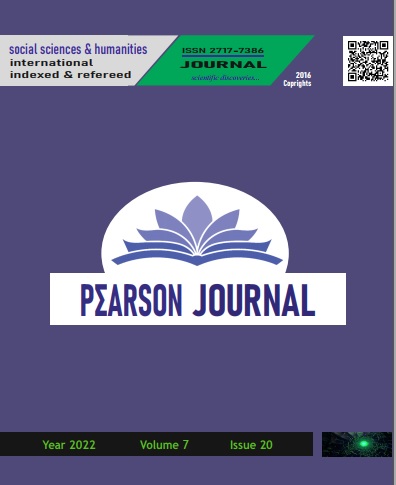A REVİEW OF "AGORA" IN THE CONTEXT OF CITIES DEPICTION IN EPIK FILMS
DOI:
https://doi.org/10.46872/pj.570Keywords:
Agora, Hypatia, Ancient City, Epic Films, ArcheologyAbstract
Throughout the History of Cinema, Epic Films have allowed us to communicate with the past. It can be said that the Archaeological Films were successful to the extent that the facts they deal with are parallel to the present. Spanish Director Alejandro Amanebar’s 2009 film “Agora” takes the audience on a two-hour journey into the past, in the context of The Story of Hipatya. The City of Alexandria has been a research center for six centuries since its establishment in the 3rd century B.C. by Alexander the Great and has reached the position of a center where the latest developments in science were gathered and interpreted. On the other hand, city was going through a problematic period in the 5th century AD and science was largely identified with paganism. Hipatya, an astronomer, mathematician and scientist living in Alexandria during this period, symbolized a researcher on target with her fearless and rational stance. In the city, the Parabolans, who defended the Christian Morality, stripped Hippatia from the horse-drawn carriage she was driving, killed her by hitting her naked body, and threw her body into the fire in the year 415 A.D. The film first examines the factors that prepared this event, then focuses on the life in Alexandria City in parallel with the last days of Hipatya. The striking feature of “Agora” at first glance is that it is the best of all epics in terms of visual aesthetics. Moreover, considering all the factors from story to production design, we can qualify “Agora” as the best epic ever made in the History of Cinema. In our work, we examine all these elements in details.




